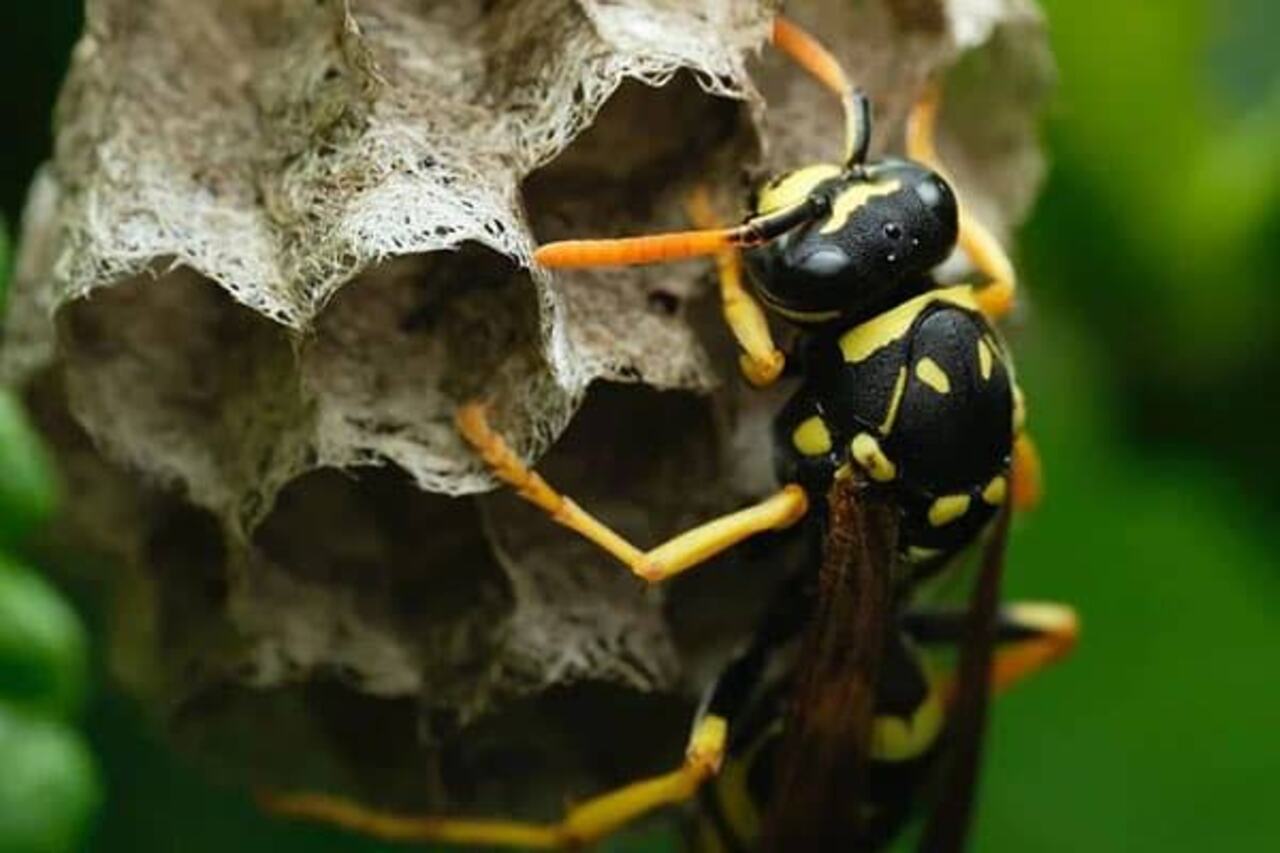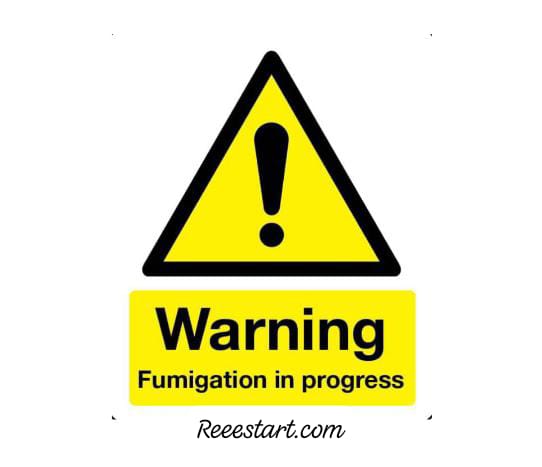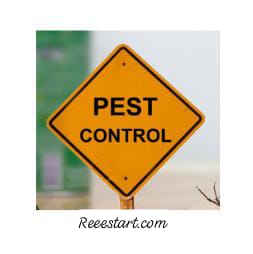Wasp Control for Schools is very important matter, itcan be a serious problem for schools, especially during warmer months, Their aggressive behavior and potential to cause allergic reactions make them a significant safety concern. Here’s a comprehensive approach to Wasp Control for Schools environment
Wasp Control for Schools
Wasp Control for Schools apprach depends on the following steps:
- Inspection.
- Prevention.
- Monitoring.
- Least Toxic Control Methods.
- Record Keeping.
- Evaluation.
Inspection
The first step in the IPM approach is to conduct a thorough inspection to locate wasp nests and identify the problem areas.
- Wasps (scientific name *Vespa*, English.
Wasp) can build their nests in various locations including:
- Underground
- Under eaves
- In wall cavities
- In trees.
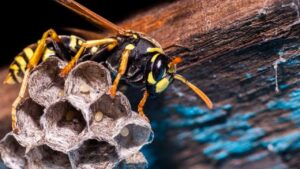
Inspection Process
- Examine shrubs, tree trunks, rock piles, and other sheltered areas for nests.
- Identify and confirm the wasp presence in the school yard.
- Document the locations and conditions of all nests found.
Prevention
The key to successful wasp management lies in preventing their access to potential nesting sites and resources.
Sanitation
- Ensure all outdoor trash bins are tightly covered.
- -Regularly empty trash bins to prevent overflow.
- Clean trash bins frequently to remove food residues.
Water Source Management
- Eliminate standing water by fixing leaking outdoor faucets.
- Direct air conditioner condensation away from areas where water collects.
- Alter low-lying areas to prevent water pooling after rain.
Structural Maintenance
- Seal any holes and cracks in the building to prevent wasps from entering and nesting inside.
- Inspect and repair vents, doors, and windows to ensure they are properly screened and sealed.
Monitoring
Continuous and systematic monitoring is essential to detect new wasp nests and evaluate the effectiveness of implemented measures.
- Regularly inspect the building, especially during spring and early summer, when wasps are establishing new nests.
- Keep a detailed log of inspection findings, actions taken, and outcomes.
- Use traps and visual surveys to monitor wasp activity in high-risk areas.
Least Toxic Control Methods
When dealing with wasps, it’s crucial to minimize the use of chemical pesticides and prioritize environmentally-friendly control methods.
Non-Chemical Control Techniques
Non-Chemical Control Techniques include the following steps:
Mechanical Control
Physical Removal
- Carefully remove wasp nests using appropriate protective gear.
Professional Help
- Engage professional pest control services to physically remove tough-to-reach nests.
Trapping
- Use bait traps or sticky traps to capture foraging wasps.
- Place traps strategically around the school yard to reduce wasp populations.
Vacuuming
- Use a vacuum to remove wasps and nests in areas where pesticides cannot be used.
- Place vacuum bags in a freezer to kill the contained wasps safely.
Chemical Control
While non-chemical methods are preferred, chemical control can be necessary in certain situations, particularly emergencies.
Chemical Control Methods
Chemical control methods include the following:
Aerosol Sprays
- Use aerosol sprays to quickly kill individual wasps and treat nests.
- Apply sprays when nests are removed and placed in a sealed bag for safe disposal.
Dust Treatments
- Use silica aerogel dust in combination with aerosol sprays to treat underground nests.
- Pyrethroids act as a quick knockdown agent, while silica aerogel provides long-term control by desiccating the wasps.
Safety Precautions
- Only certified and licensed pest control providers should apply chemical treatments.
- Follow the labeled instructions and wear protective clothing during application.
- Avoid using pesticides near water sources to prevent contamination.
Record Keeping
Maintaining detailed records of your IPM plan is crucial for tracking progress and making informed decisions.
Record Keeping Elements
- Inspection logs documenting findings and locations of nests.
- Records of preventive measures implemented and their effectiveness.
- Monitoring data including dates, locations, and results of wasp activity observations.
- Details of any control methods used, both non-chemical and chemical.
- Safety measures and compliance with regulations.
Evaluation
Regularly evaluate the effectiveness of your IPM plan to ensure that it meets your goals of wasp management with minimal environmental impact.
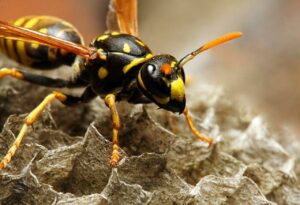
Evaluation Steps
- Review records and compare wasp activity before and after implementing the IPM plan.
- Assess the success of prevention and control measures.
- Make adjustments to the IPM plan based on findings and new insights.
- Engage stakeholders, including school staff and professional pest control services, to gather feedback and suggestions.
By following this comprehensive and well-coordinated IPM approach, you can effectively manage wasp populations in a school yard while ensuring the safety and well-being of students, staff, and the environment.

